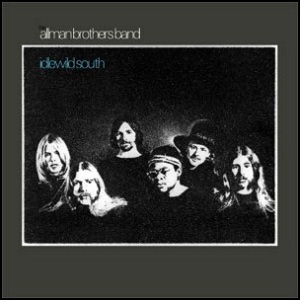
On November 2, 1970, “Atlantic” label released “Suite 16”, the 28th Yusef Lateef album. It was recorded in April 1970, at “Regent Sound Studios”, in New York City, June 1970, at “Corner Studios” in Cologne, Germany and was produced by Joel Dom.
Personnel:
- Yusef Lateef – tenor saxophone, flute, bamboo flute, pneumatic bamboo flute, oboe, bells, tambourine
- Neal Boyar – vibraphone
- Barry Harris, Joe Zawinul – piano
- Eric Gale, Earl Klugh – guitar
- Chuck Rainey – electric bass
- Robert Cunningham – bass, electric bass
- Albert Heath, Jimmy Johnson – drums
- Selwart Clarke – viola
- Kermit Moore – cello
- Cologne Radio Orchestra conducted by William S. Fischer
- The Sweet Inspirations – backing vocals
Track listing:
All tracks by Yusef Lateef except where noted.
- Buddy and Lou
- Down in Atlanta
- Nocturne
- When a Man Loves a Woman – Calvin Lewis, Andrew Wright
- Michelle – John Lennon, Paul McCartney
- Symphonic Blues Suite: First Movement; Folia
- Symphonic Blues Suite: Second Movement; Minuet (Hybird, Atonal)
- Symphonic Blues Suite: Third Movement; Blues (Twelve Measure Form) Variation Interlude
- Symphonic Blues Suite: Fourth Movement; Passacaglia
- Symphonic Blues Suite: Fifth Movement; Chorale / Sixth Movement; Blues (Extended Form)
- Symphonic Blues Suite: Seventh Movement; Blues, Coda






